
Merck's MK-2214 shows promise in early Alzheimer’s trials, earning FDA fast-track status for its safety and potential efficacy in slowing disease progression.

Merck's MK-2214 shows promise in early Alzheimer’s trials, earning FDA fast-track status for its safety and potential efficacy in slowing disease progression.

The vice president of U.S. medical affairs and global at Eli Lilly and Company discussed how a subgroup of patients treated with donanemab maintained cognitive benefit for 2 years. [WATCH TIME: 5 minutes]

The POLARIS-AD phase 3 large-scale global trial is now underway, testing the safety and efficacy of AR1001 in over 1500 patients with mild cognitive impairment or early Alzheimer disease.

The executive director of the Institute for Translational Research at UNT Health discussed how to increase representation of underrepresented groups in Alzheimer disease clinical trials. [WATCH TIME: 5 minutes]

A groundbreaking phase 1 trial reveals promising results for a new stem cell therapy targeting Alzheimer disease, advancing to phase 2 studies.

In a study presented at CTAD 2025, patients treated with lecanemab showed a 59% increase in cerebrospinal fluid protofibril concentration at 12 months and a 45% increase at 18 months.

Semaglutide shows no significant impact on Alzheimer disease progression in large trials, despite some biomarker improvements and consistent safety profiles.

At CTAD 2025, the senior vice president of medical and scientific relations at the Alzheimer's Association talked about how structured lifestyle interventions improved blood pressure and sleep in the U.S. POINTER study. [WATCH TIME: 4 minutes]

New data highlights neflamapimod's potential in reducing biomarkers and improving clinical outcomes for dementia with Lewy bodies, paving the way for Phase 3 trials.

At CTAD 2025, the chief scientific officer at the Banner Alzheimer’s Institute discussed emerging antiamyloid therapies, clinical trial insights, and treatment duration in Alzheimer disease.

A recent study reveals that Araclon's ABvac40 vaccine may slow cortical perfusion decline in patients with Alzheimer disease, suggesting potential cognitive benefits.

Treatment with etalanetug reduced cerebrospinal fluid eMTBR-tau243 by 62% and plasma eMTBR-tau243 by 78% at 3 months in patients with dominantly inherited Alzheimer disease.

The adaptive PRImus-AD phase 2a trial will evaluate the safety and efficacy of PRI-002, a novel investigational agent, in patients with mild cognitive impairment or mild Alzheimer disease.

A new phase 3 clinical trial is underway to evaluate masupirdine, a selective 5-HT6 receptor antagonist, as a potential treatment for agitation in patients with Alzheimer’s disease.

In an analysis of the phase 2a CLEAR MIND study presented at CTAD 2025, laromestrocel treatment was associated with reduced hippocampal neuroinflammation in patients with mild Alzheimer disease.

A phase 2 study at CTAD 2025 explores VHB937's potential in treating early Alzheimer disease, focusing on safety and efficacy in patients.

New findings reveal the feasibility of self-administering remternetug, a monoclonal antibody for Alzheimer’s, enhancing treatment options for early-stage patients.
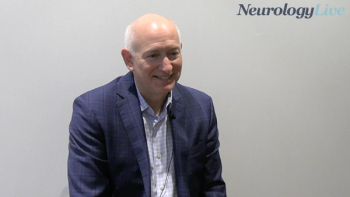
The chair of psychiatry at Tufts University School of Medicine discussed ongoing research exploring the potential of cannabinoids in treating agitation in Alzheimer disease. [WATCH TIME: 5 minutes]

Krista L. Lanctôt, PhD, professor of psychiatry and pharmacology at the University of Toronto, talked about findings from a recent post hoc analysis presented at CTAD 2024 on nabilone for agitation in Alzheimer disease.
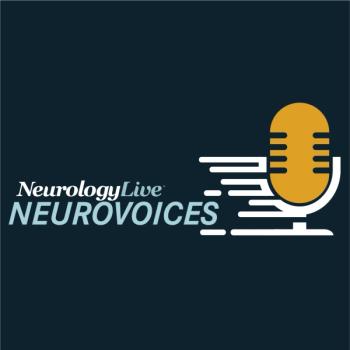
The vice president of scientific engagement at the Alzheimer's Association discussed advancements in blood biomarker tests, their use in specialty care, and the development of clinical guidelines for broader integration.
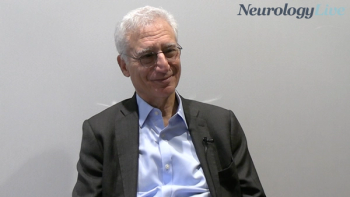
The cofounder and chief science officer of the Alzheimer's Drug Discovery Foundation highlighted the critical role of collaboration and innovative diagnostics for advancing Alzheimer disease care. [WATCH TIME: 4 minutes]

Jessica Langbaum, PhD, the senior director of research strategy at Banner Alzheimer’s Institute, discussed the challenges and opportunities in improving diversity in Alzheimer disease clinical trials.

The professor of neurology and radiology at University of California, San Francisco, discussed the potential of blood-based biomarkers in Alzheimer treatment eligibility, highlighting current limitations and the importance of safety monitoring. [WATCH TIME: 7 minutes]
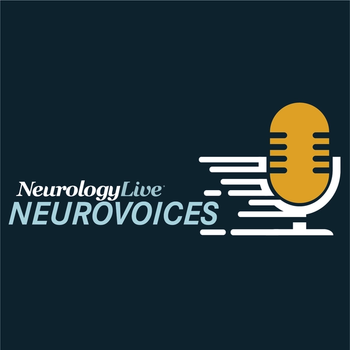
The associate professor of neurology at Georgetown University provided clinical insight on the origins of nilotinib and its medicinal promise in treating patients with Dementia with Lewy bodies, a neurodegenerative disorder.

The professor of neurology and radiology at University of California, San Francisco talked about how the new appropriate use recommendations of donanemab aims to safely integrate this anti-amyloid antibody into the clinical practice. [WATCH TIME: 7 minutes]

The CEO at C2N Diagnostics talked about the clinical utility of the company’s PrecivityAD2 test, which uses the p-tau 217 biomarker and amyloid-β measurements, to increase diagnostic confidence and influence treatment decisions in Alzheimer disease. [WATCH TIME: 7 minutes]

The chief operating officer at Quanterix Corporation talked about pioneering ultra-sensitive blood biomarkers for Alzheimer clinical diagnosis, aiming to enhance detection of brain-derived tau and amyloid status with innovative assays. [WATCH TIME: 4 minutes]
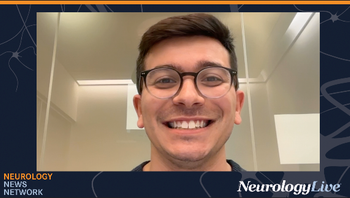
Neurology News Network. for the week ending November 9, 2024. [WATCH TIME: 4 minutes]
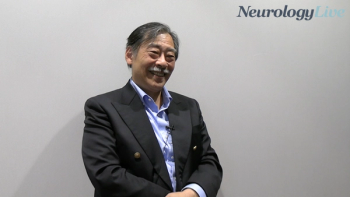
The professor of neuropathology at the University of Tokyo School of Medicine talked about the latest data on lecanemab use in clinical practice for Alzheimer disease in Japan presented at CTAD 2024. [WATCH TIME: 4 minutes]

The head of global clinical development for immunology/bone at UCB talked about findings presented at CTAD 2024 from the phase 2 trial assessing bepranemab in Alzheimer disease. [WATCH TIME: 3 minutes]